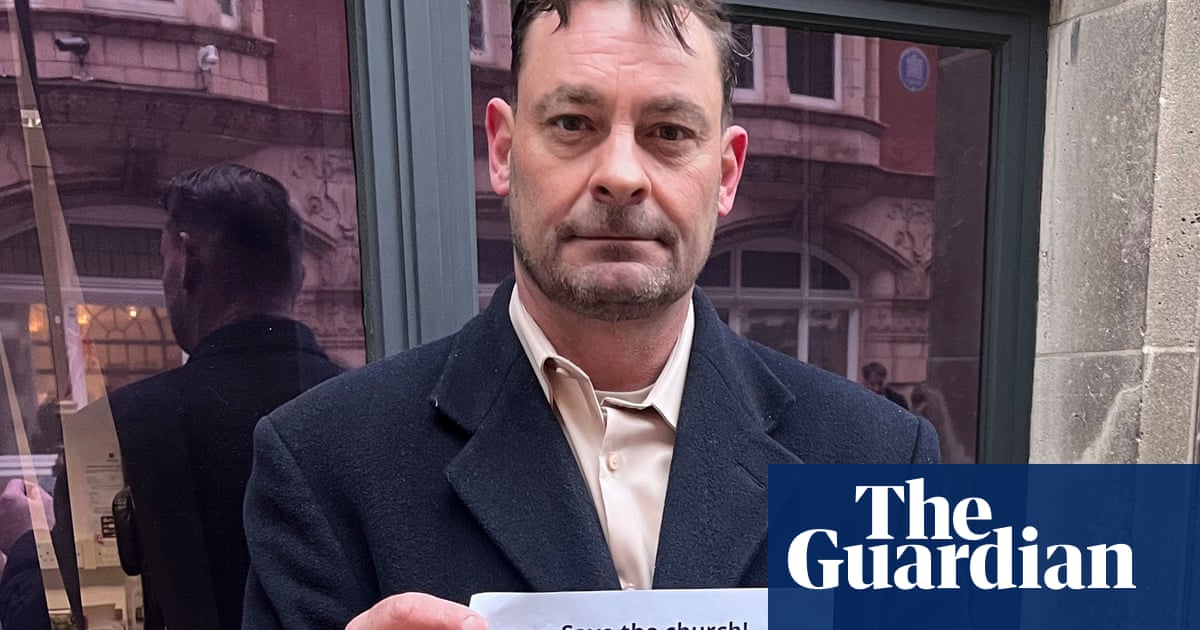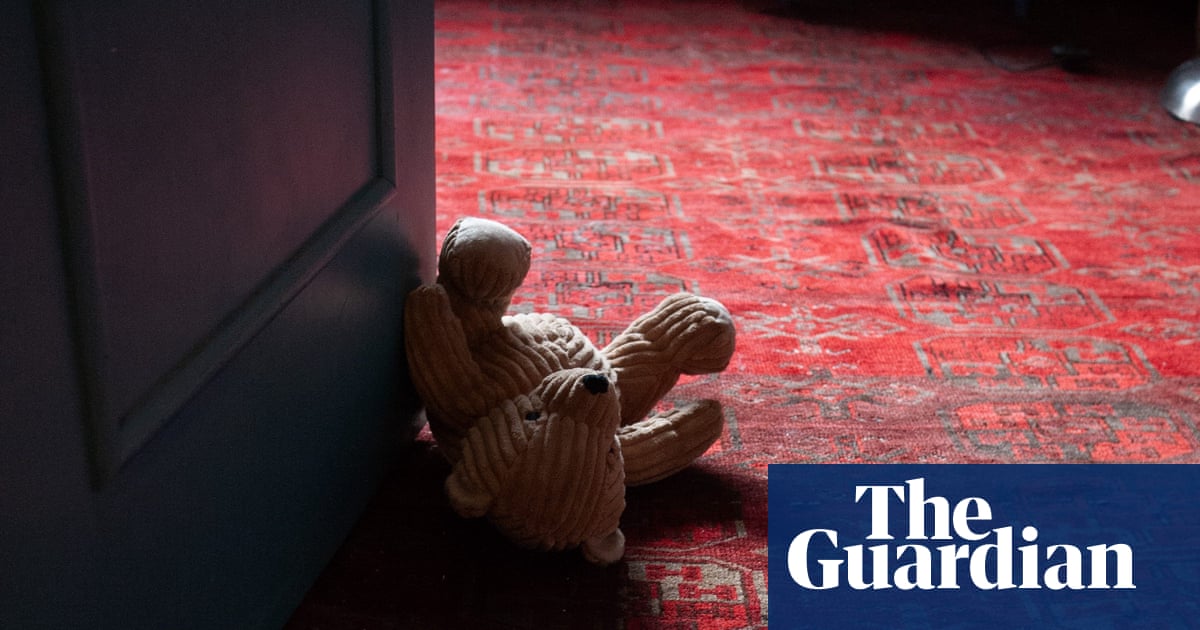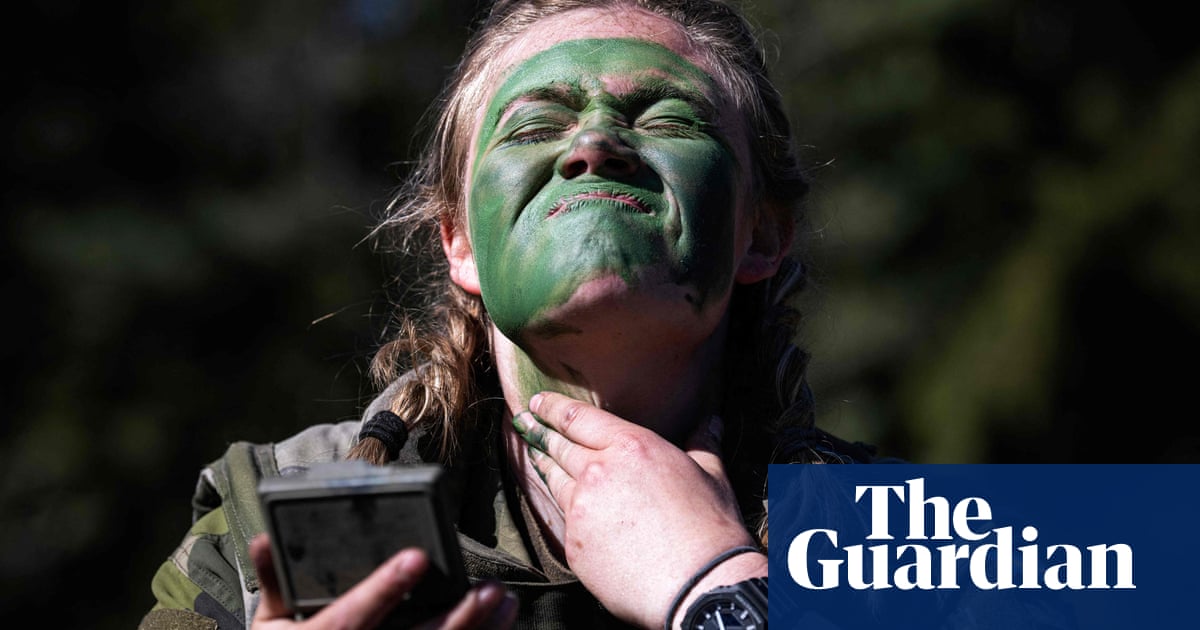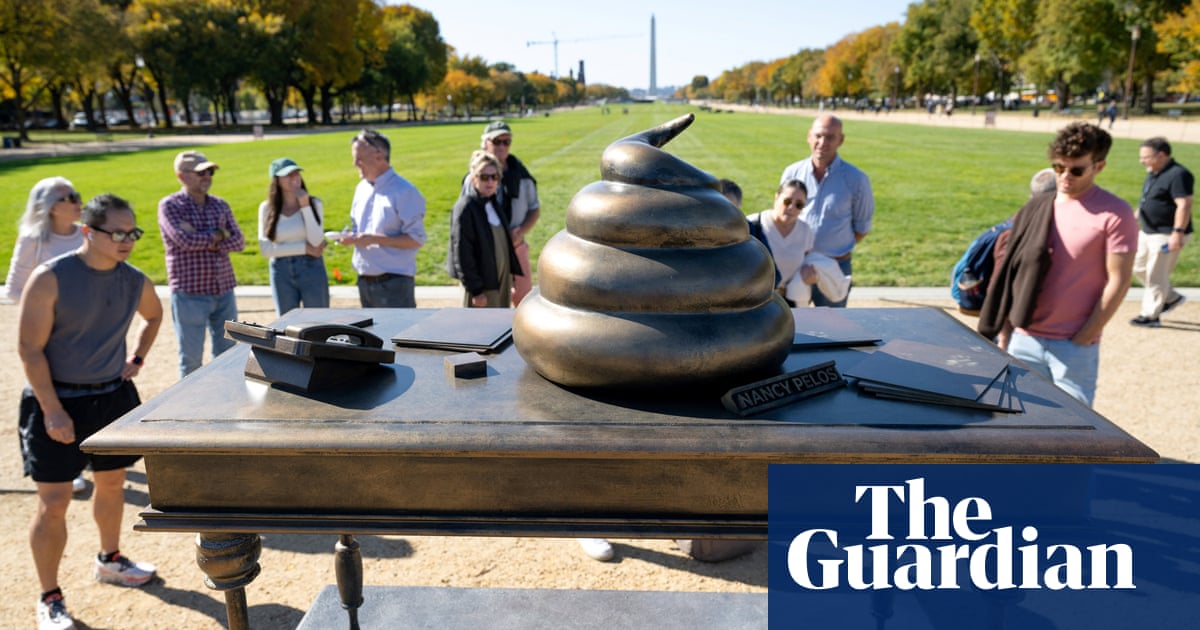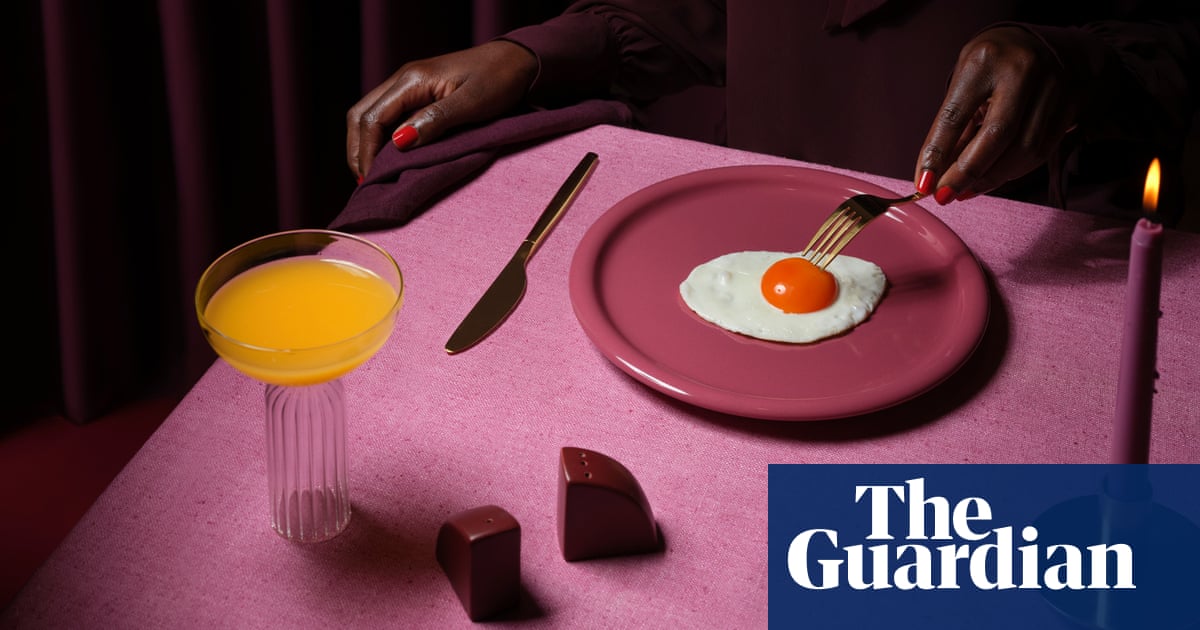‘Of course the women were important,” said the artist Roland Penrose in 1982, “but it was because they were our muses.” Penrose was talking to the art historian Whitney Chadwick, who was interviewing him for a book she was writing about women surrealists. “They weren’t artists,” insisted Penrose, who thought she shouldn’t even be writing about them. But Chadwick did anyway – and the result, her 1985 book Women Artists and the Surrealist Movement, fundamentally changed our understanding of both surrealism and female artists.
In the 40 years since, many of the women Chadwick wrote about have gained wider fame, but the past few years have seen an explosion of interest in surrealist women. Last year was the 100th anniversary of the Surrealist Manifesto, which was actually two competing manifestos published by competing groups of (male) surrealists in Paris. So it’s unsurprising that we saw so much interest in the movement. But it is striking that the centennial prompted a flurry of interest in the women – who were actually excluded from those groups. Indeed, many weren’t even in Paris. Why the sudden broadening of the lens?
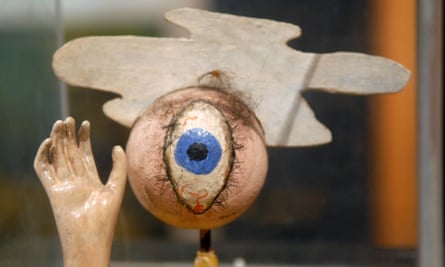
When Chadwick asked the surrealist Leonor Fini about Penrose’s muses claim, she responded with characteristic directness, calling it “bullshit”. Fini was born in Argentina and spent time in Italy before ending up in Paris. She was openly bisexual and spent the later part of her life living in a polyamorous relationship with two men – and dozens of cats. “I am a painter,” she once said, “not a woman painter.”
Her words reflect the complex politics of pursuing art as a woman. While their lives were defined by their experiences of being born women, and many of them made art that was explicitly about femininity and sexuality, they also bucked assumptions based on their gender that were made by their male peers and by the viewing public.
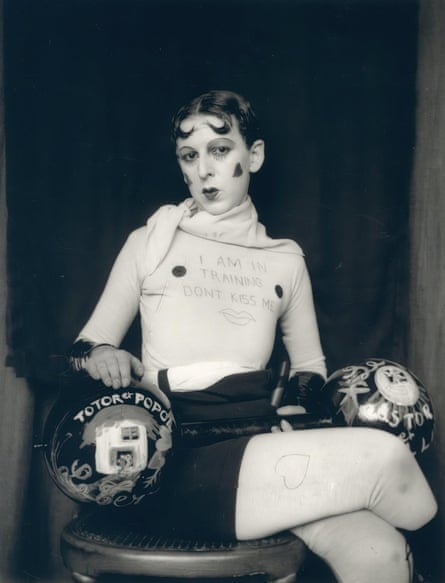
Claude Cahun, as early as 1914, went even further than Fini in her radical identification as lesbian and non-binary. She is famously quoted as saying: “Masculine? Feminine? It depends on the situation. Neuter is the only gender that always suits me.” Currently the subject of a touring exhibition courtesy of London’s Hayward Gallery, Cahun’s photography was made with her partner, Marcel Moore, a lesbian who also lived androgynously.
Even among surrealist women who did not identify as queer, there is often an element of queerness to their work – either through an exploration of the “divine feminine”, or through a more fundamental sense of enigma. The late US scholar Eve Kosofsky Sedgwick described “queer” as an “open mesh of possibilities” between genders and sexualities, a defining way of using the word that has made it such a sweeping term today, sometimes meaning no more than “impossible to categorise”.
Fini and Cahun were based in the surrealist centre of Paris, but many of the other women receiving new attention were not. Ithell Colquhoun was a British surrealist and is currently the subject of a major retrospective at Tate St Ives. It is a seismic exhibition that forcefully makes the case for Colquhoun’s powerful legacy. Colquhoun was connected to so many occultist and spiritual groups in Britain that it’s hard to count them all. From druidism to Tantra to Christianity, she spent her life seeking a higher truth, all reflected in her work.
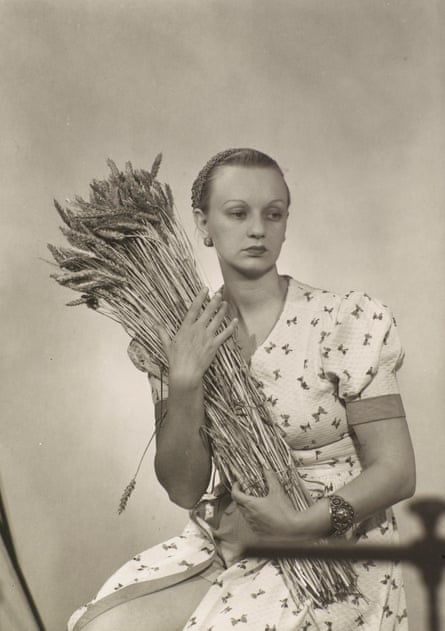
Like Fini, Colquhoun was attracted to people of all genders, and her art was often explicitly sexual. She made one painting that depicted castrated male bodies, and it was immediately censored for its shocking content. Other works show abstracted, vulva-like landscapes, explore goddess imagery, and deploy techniques that introduce an element of chance – to allow the unconscious to take over the creative act.
There has long been a connection between women and magic – think of witches, goddesses, healers and storytellers. And for almost as long, this connection has been weighted with a sense of threat. The mystical, intangible power women could wield threatened patriarchal systems and needed to be controlled. In western art, it was written off as foolish or irrelevant. Colquhoun was pushed out of the British surrealist group because of her fascination with occult sects, which came to dominate her work.
Surrealism, although it is distinctly strange, was not concerned with the supernatural. The movements in Paris and Britain both rejected it. Their interest in the unconscious mind was largely scientific, even if it was also irrational (or perhaps anti-rational). Today, though, there is much more interest in these themes: Colquhoun’s biographer Amy Hale has called it the “Shamanic turn”, as our collective consciousness becomes more open to esoteric beliefs. Last autumn, the London gallery Lévy Gorvy Dayan hosted Enchanted Alchemies, a show that focused on mystic and occult surrealists. Almost all women, they included Eileen Agar, Leonora Carrington, Fini and Colquhoun.

Mary Wykeham, a British surrealist whose work features in the Hepworth Wakefield’s current exhibition Forbidden Territories: 100 Years of Surreal Landscapes, found spiritual fulfilment in a slightly different way: after a tumultuous lifetime spent as a wartime nurse, political activist and professional artist, she became a nun. Many of her surviving works are on paper, making them more fragile and smaller-scale. They are filled with swirling or geometric lines, almost completely abstract. Like all surrealist work, they strive to unlock the unconscious mind, bypassing rationality in favour of an often disquieting exploration of the inner self.
Another British surrealist, Lee Miller, followed an entirely different path: after building a successful career as a surrealist photographer and model in Paris, she became a photojournalist during the second world war. Miller was present at the liberation of the concentration camps Buchenwald and Dachau, and the photo of her taking a bath in Hitler’s tub has become iconic. Often remembered more as a model and muse – she was married to Penrose – Miller recently had her story retold in Lee, a film starring Kate Winslet in the title role.
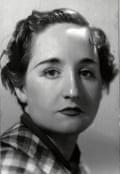
Maruja Mallo, shortly to be the subject of a major retrospective at the Centro Botín in Santander, Spain, lived and worked in Madrid. She knew major Spanish surrealists like Salvador Dalí and Federico García Lorca, but unlike them she remained in Spain for her whole career – aside from her exile to Argentina during the civil war. Her work incorporated Spanish folk imagery, but became more geometric and abstract. Mallo was a writer as well as a painter, contributing to magazines and books.
Surrealism was an especially multidisciplinary movement. Along with writing, film-making was popular, tying the movement to modernity despite its impulses towards timelessness. This plethora of mediums reflects how surrealism is, at its core, a practice of thinking radically differently, using words as well as images – any medium in fact, so long as it brings the unconscious out into the world.
“We are in a wave of rediscovery around women generally,” says Tate St Ives curator Katy Norris, “and it’s allowing us to recognise differences among them – they weren’t a single breakaway group.” In fact, the basic surrealist impulse of dreams, sexuality and obsession had a global reach and appeal: unlike previous avant-garde movements in the early 20th century, which often sought to overturn previous -isms, surrealism quickly stopped being so centralised. The diversity among its adherents’ lives, styles and priorities is huge. “Surrealism responds to uncertainty,” says Norris, “so it speaks to us now in times of uncertainty.”
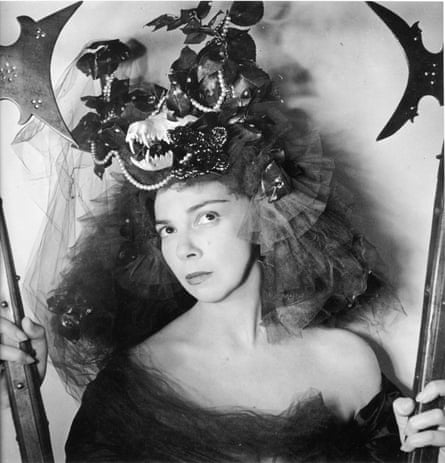
That impulse to examine one’s inner self feels very familiar today. But the magnanimity of the surrealists – with their unflinching drive to put themselves into their art in all their irrational, weird glory – is different from the tide of social media-driven, self-critical narcissism that’s so prominent today. The fierce individualism of these artists, these women who were so relentlessly themselves, is a tonic. It’s no wonder they are capturing public attention like never before. In a world that feels increasingly unpredictable, there’s a real resonance in women embracing instability and using it to fuel their creative work. It is, says Norris, “a perfect storm”.

.png) 4 hours ago
1
4 hours ago
1




